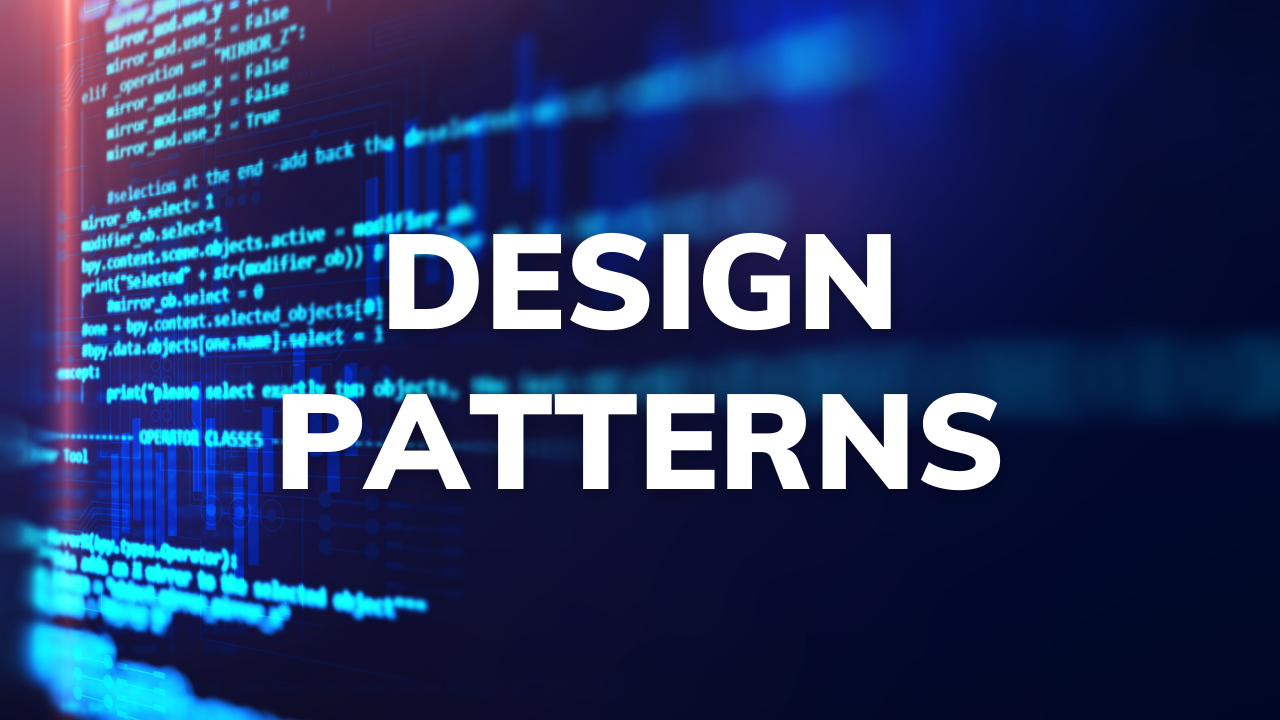
Startup Guide to Building MVPs with Python
By Alyce Osbourne
In the entrepreneurial world, a Minimal Viable Product (MVP) represents the essence of innovation and efficiency. At its core, an MVP embodies the simplest form of your idea that can be launched into the market. This concept, rooted deeply in the lean startup methodology, prioritizes learning through direct user feedback over extensive upfront development. An MVP is designed to:
- Address the core need: It must solve the fundamental problem it’s designed for, providing a clear solution to the target users’ pain points.
- Attract early adopters: Despite its simplicity, an MVP should offer sufficient value to entice the initial user base, often referred to as early adopters.
- Facilitate feedback loop: An essential feature of an MVP is its ability to gather user feedback efficiently, guiding the future development path with real-world insights.
History is replete with success stories where humble MVPs evolved into tech behemoths. Companies like Facebook, Twitter, and Amazon are prime examples, illustrating that starting small doesn’t preclude achieving grand outcomes. These stories highlight the transformative power of focusing on core functionalities and learning from user interactions.
The Python advantage in MVP development
Python emerges as a front-runner in the realm of programming languages for MVP development, thanks to its rapid development capabilities and extensive ecosystem. Here’s why Python is particularly advantageous:
- Rapid development: Python’s syntax is renowned for its intuitiveness and clarity, enabling developers to bring ideas to life with minimal code, significantly reducing development time.
- Vast libraries: Python’s ecosystem is vast, offering libraries and frameworks like Django for web development, Pandas for data analysis, and TensorFlow for machine learning. This variety ensures developers have the tools needed to build complex functionalities effortlessly.
- Supportive community: With one of the most active communities worldwide, Python provides unparalleled support through resources, tutorials, and forums. This community aspect is invaluable for overcoming challenges and accelerating the learning curve.
Functionality vs. Aesthetics in MVPs
The journey of creating an MVP is often fraught with the temptation to veer towards aesthetic perfection. However, the primary focus should always remain on testing market hypotheses and functionalities. It’s highly important to not disproportionately favor one aspect of the project; a common mistake is to focus solely on the UX or the backend. Python’s ecosystem encourages a functionality-first approach, equipping developers with the tools necessary to build MVPs that are effective in solving core problems rather than merely looking good.
Building your MVP with Python: A step-by-step guide
Embarking on MVP development with Python involves a structured approach, focusing on delivering core functionalities while remaining open to learning and iteration. Here’s how you can leverage Python to build your MVP:
- Planning your MVP: The first step is crystallizing the problem you intend to solve. This involves identifying your target users and delineating the minimal features that would address their needs. This stage sets the direction for your development efforts.
- Quick prototyping: Python’s framework,s like Flask and Django for web development or Kivy for mobile applications, enable rapid prototyping. Flask is particularly suited for projects requiring simplicity and flexibility, whereas Django offers a comprehensive package with a plethora of built-in features for more complex applications.
- Iterative development: With your MVP launched, the next phase revolves around collecting and analyzing user feedback. Python’s simplicity and flexibility shine here, facilitating quick iterations based on user insights. This feedback loop is vital for refining your MVP, ensuring that each iteration brings your product closer to the market’s needs.
Final thoughts
By embracing this iterative development philosophy, startups and entrepreneurs can navigate the uncertain waters of product development with agility and precision. The key is to launch quickly, learn from real user interactions, and adapt based on validated learning. This approach not only conserves resources but also significantly enhances the chances of developing a product that truly resonates with your target audience.
The journey of MVP development is as much about embracing a mindset of learning and adaptation as it is about the specific tools and technologies used. Python, with its vast libraries, supportive community, and emphasis on rapid development, offers a robust platform for bringing MVPs to life. By focusing on solving core problems, engaging early adopters, and iterating based on feedback, developers can navigate the path from minimally viable products to successful, scalable solutions.


